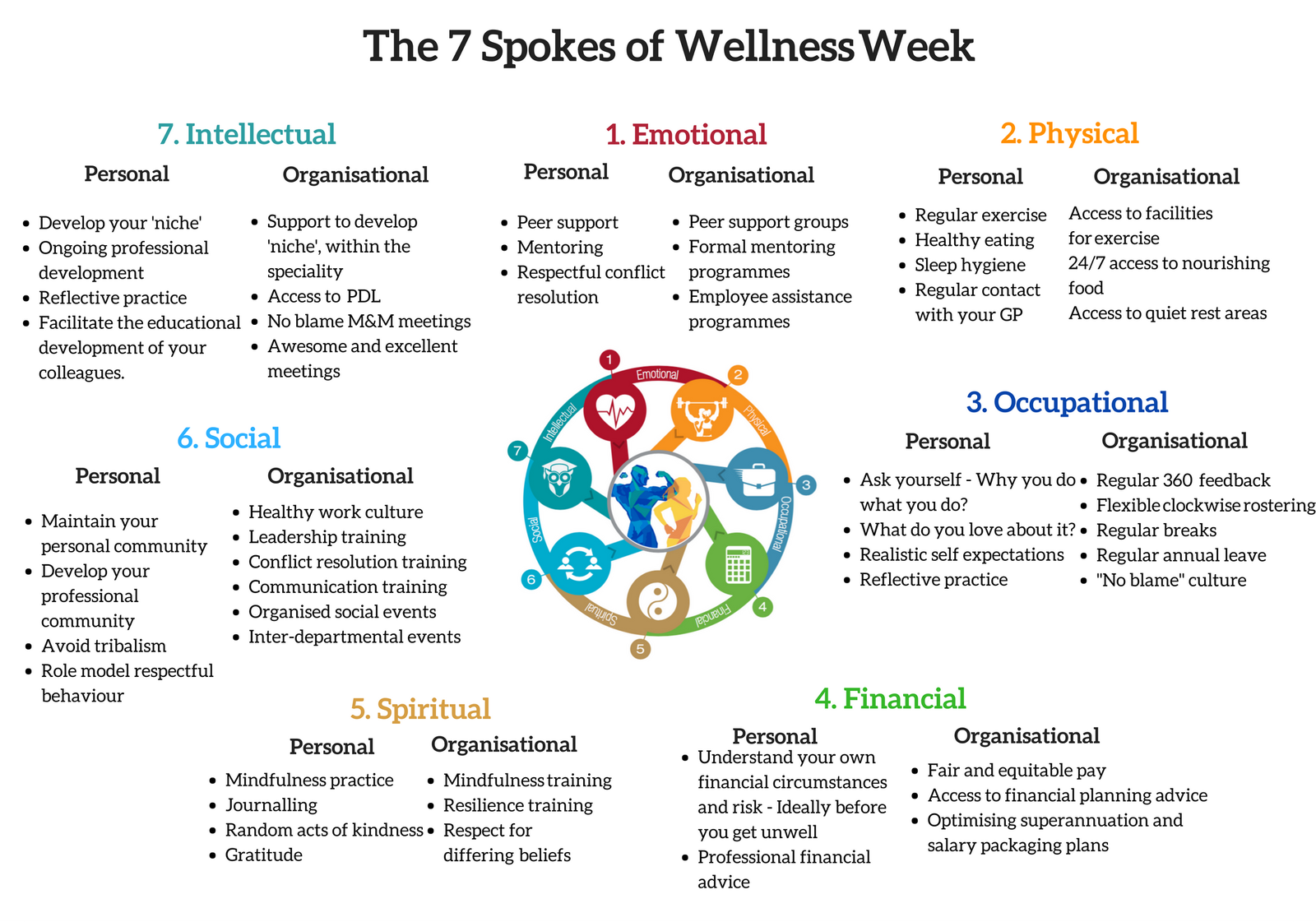In today’s fast-paced world, prioritizing your health & wellness has become more crucial than ever before. The concept of health & wellness extends far beyond simply avoiding illness—it encompasses a holistic approach to living that nurtures your physical, mental, emotional, and spiritual well-being.
Whether you’re just beginning your wellness journey or looking to enhance your current practices, understanding the fundamental principles of health & wellness can transform every aspect of your life. This comprehensive guide will explore evidence-based strategies, practical tips, and actionable insights to help you achieve optimal wellness in all areas of your life.
What is Health & Wellness? Understanding the Foundation
Health & wellness represents a dynamic state of complete physical, mental, and social well-being, not merely the absence of disease or infirmity. This holistic approach recognizes that true wellness involves the integration of multiple dimensions that work together to create a balanced, fulfilling life.
The World Health Organization defines health as “a state of complete physical, mental, and social well-being and not merely the absence of disease or infirmity.” This definition emphasizes that wellness is an active process of making choices toward a healthy and fulfilling life.
The Eight Dimensions of Wellness
Understanding the multifaceted nature of wellness helps create a comprehensive approach to health improvement. Physical Wellness involves maintaining a healthy body through regular exercise, proper nutrition, adequate sleep, and preventive healthcare. This dimension forms the foundation for all other aspects of wellness.
Emotional Wellness encompasses understanding and managing your emotions effectively, developing resilience, and maintaining positive relationships with others. Intellectual Wellness involves engaging in creative and stimulating activities, continuing education, and developing critical thinking skills throughout your lifetime.
Social Wellness focuses on building and maintaining healthy relationships, contributing to your community, and developing effective communication skills. Spiritual Wellness involves finding purpose and meaning in life, developing personal values and beliefs, and connecting with something greater than oneself.
Environmental Wellness encompasses creating harmony between yourself and your environment, making choices that contribute to a sustainable planet. Occupational Wellness involves finding personal satisfaction and enrichment in your work while maintaining balance with other life dimensions. Financial Wellness includes managing your resources effectively, planning for the future, and making informed financial decisions that support your overall well-being.
Physical Health & Wellness Building Your Foundation

Physical wellness serves as the cornerstone of overall health & wellness. Your body is the vessel through which you experience life, making its care and maintenance essential for optimal functioning.
Exercise and Fitness
Regular physical activity is one of the most powerful tools for improving and maintaining health & wellness. The benefits of exercise extend far beyond weight management, influencing virtually every system in your body.
Cardiovascular Benefits
Regular aerobic exercise strengthens your heart, improves circulation, and reduces the risk of heart disease, stroke, and high blood pressure. Activities like brisk walking, swimming, cycling, and dancing can significantly improve cardiovascular health.
Strength Training
Resistance exercises help maintain and build muscle mass, strengthen bones, and boost metabolism. Incorporating strength training at least twice weekly can prevent age-related muscle loss and improve functional capacity.
Flexibility and Balance
Stretching, yoga, and balance exercises enhance mobility, reduce injury risk, and improve quality of life, particularly as you age.
The American Heart Association recommends at least 150 minutes of moderate-intensity aerobic activity or 75 minutes of vigorous-intensity aerobic activity per week, combined with muscle-strengthening activities on two or more days per week.
Nutrition
Proper nutrition is fundamental to health & wellness, providing your body with the essential nutrients needed for optimal function, disease prevention, and longevity.
Macronutrients
Balancing carbohydrates, proteins, and healthy fats ensures your body receives adequate energy and building blocks for cellular repair and function.
Micronutrients
Vitamins and minerals support numerous bodily functions, from immune system operation to bone health and cognitive function.
Hydration
Adequate water intake is crucial for temperature regulation, joint lubrication, nutrient transport, and waste elimination.
Whole Foods Focus
Emphasizing minimally processed foods—fruits, vegetables, whole grains, lean proteins, and healthy fats—provides optimal nutrition while reducing exposure to harmful additives.
Sleep
Quality sleep is essential for physical recovery, mental clarity, and emotional regulation. During sleep, your body repairs tissues, consolidates memories, and releases important hormones.
Sleep Hygiene
Creating a consistent bedtime routine, maintaining a cool, dark sleeping environment, and limiting screen time before bed can significantly improve sleep quality.
Duration
Most adults need 7-9 hours of quality sleep per night for optimal health and wellness.
Mental Health & Wellness
Mental wellness is equally important as physical health in your overall health & wellness journey. Your mental state influences your behavior, relationships, and ability to handle life’s challenges.
Stress Management Strategies
Chronic stress can negatively impact every aspect of your health, making effective stress management crucial for optimal wellness.
Mindfulness and Meditation
Regular mindfulness practice can reduce stress, improve emotional regulation, and enhance overall well-being. Even 10-15 minutes daily can provide significant benefits.
Deep Breathing Techniques
Simple breathing exercises can activate your body’s relaxation response, reducing stress hormones and promoting calm.
Time Management
Organizing your schedule, setting realistic goals, and learning to say no can help prevent overwhelming stress levels.
Building Emotional Resilience
Emotional resilience—the ability to bounce back from adversity—is a key component of mental wellness that can be developed and strengthened over time.
Positive Relationships
Maintaining strong social connections provides emotional support, reduces stress, and contributes to overall happiness and longevity.
Cognitive Flexibility
Developing the ability to adapt your thinking and find alternative solutions to problems enhances resilience and reduces anxiety.
Self-Compassion
Treating yourself with kindness during difficult times, rather than harsh self-criticism, promotes emotional healing and growth.
Lifestyle Factors for Optimal Health & Wellness

Your daily habits and lifestyle choices significantly impact your overall health & wellness. Small, consistent changes can lead to substantial improvements over time.
Work-Life Balance
Achieving balance between professional responsibilities and personal well-being is crucial for long-term health & wellness.
Boundary Setting
Establishing clear boundaries between work and personal time helps prevent burnout and maintains mental health.
Regular Breaks
Taking short breaks throughout the workday can improve productivity, reduce stress, and prevent physical strain.
Vacation and Rest
Regular time off allows for mental and physical recovery, creativity renewal, and relationship nurturing.
Social Connections and Community
Strong social relationships are fundamental to health & wellness, with research showing that social isolation can be as harmful to health as smoking or obesity.
Quality Over Quantity
Focusing on meaningful, supportive relationships rather than numerous superficial connections provides greater wellness benefits.
Community Involvement
Participating in community activities, volunteering, or joining groups aligned with your interests can enhance social wellness and provide a sense of purpose.
Environmental Wellness
Your physical environment significantly impacts your health & wellness, from air quality to noise levels and natural light exposure.
Indoor Air Quality
Using air purifiers, maintaining proper ventilation, and incorporating plants can improve indoor air quality and respiratory health.
Natural Light
Exposure to natural light helps regulate circadian rhythms, improves mood, and supports vitamin D production.
Decluttering
Maintaining an organized, clean living space can reduce stress and improve mental clarity.
Preventive Healthcare
Preventive healthcare plays a crucial role in maintaining optimal health & wellness by identifying and addressing potential health issues before they become serious problems.
Regular Health Screenings
Annual Physical Exams: Regular check-ups with your healthcare provider can identify risk factors and health changes early.
Cancer Screenings
Age-appropriate screenings for breast, cervical, colorectal, and other cancers can detect diseases in their earliest, most treatable stages.
Cardiovascular Assessments
Regular monitoring of blood pressure, cholesterol levels, and other cardiovascular risk factors helps prevent heart disease.
Immunizations and Vaccinations
Staying current with recommended vaccinations protects both individual and community health, preventing the spread of infectious diseases.
Mental Health Check-ins
Regular mental health assessments, whether through self-reflection, therapy, or counseling, help maintain emotional wellness and address concerns before they become overwhelming.
Nutrition and Supplementation for Enhanced Wellness
While a balanced diet should provide most essential nutrients, certain supplements may support optimal health & wellness when used appropriately.
Evidence-Based Supplements
Vitamin D
Particularly important for those with limited sun exposure, vitamin D supports bone health, immune function, and mood regulation.
Omega-3 Fatty Acids
These essential fats support cardiovascular health, brain function, and inflammation reduction.
Probiotics
Beneficial bacteria that support digestive health and may influence immune function and mental well-being.
Multivitamins
Can help fill nutritional gaps, particularly for those with dietary restrictions or increased nutrient needs.
It’s important to consult with healthcare providers before starting any supplement regimen to ensure safety and appropriateness for your individual needs.
Technology and Health & Wellness

Modern technology offers numerous tools to support your health & wellness journey, from fitness trackers to meditation apps.
Wearable Technology
Fitness Trackers
Devices that monitor steps, heart rate, sleep patterns, and activity levels can provide valuable insights and motivation for maintaining healthy habits.
Sleep Monitors
Technology that tracks sleep quality and duration can help identify patterns and areas for improvement.
Health Apps
Meditation Apps
Guided meditation and mindfulness apps make it easier to establish and maintain a regular practice.
Nutrition Tracking
Apps that track food intake and nutritional content can help optimize dietary choices.
Fitness Apps
Virtual personal trainers and workout programs provide accessible exercise options for all fitness levels.
Creating Your Personal Health & Wellness Plan
Developing a personalized approach to health & wellness ensures that your efforts align with your individual needs, preferences, and goals.
Assessment and Goal Setting
Current State Evaluation
Honestly assess your current health status, including physical fitness, mental well-being, and lifestyle habits.
SMART Goals
Set Specific, Measurable, Achievable, Relevant, and Time-bound goals that will guide your wellness journey.
Priority Identification
Focus on the areas that will have the greatest impact on your overall health & wellness.
Implementation Strategies
Start Small
Begin with manageable changes that you can sustain long-term rather than attempting dramatic transformations.
Track Progress
Monitor your improvements and adjust your approach as needed.
Seek Support
Consider working with healthcare providers, fitness professionals, nutritionists, or wellness coaches to optimize your results.
Overcoming Common Challenges
Time Constraints
Identify efficient ways to incorporate wellness practices into your busy schedule.
Motivation Fluctuations
Develop strategies to maintain motivation during challenging periods.
Social Pressures
Learn to navigate social situations that may challenge your wellness goals.
The Role of Mind-Body Connection in Wellness
The intricate relationship between mental and physical health demonstrates that true wellness requires attention to both aspects simultaneously.
Read More: Health and Wellness Tips for a Smarter, Healthier Lifestyle
Practices that Bridge Mind and Body
Yoga
Combines physical movement, breathing techniques, and mindfulness to enhance both physical and mental well-being.
Tai Chi
This gentle martial art improves balance, flexibility, and mental focus while reducing stress.
Meditation
Regular meditation practice can reduce inflammation, lower blood pressure, and improve immune function.
Long-term Sustainability in Health & Wellness
Creating lasting change in your health & wellness requires sustainable approaches that can be maintained throughout your lifetime.
Habit Formation
Consistency Over Perfection: Focus on maintaining healthy habits most of the time rather than pursuing perfection.
Environmental Design
Structure your environment to support healthy choices and minimize temptations.
Progressive Overload
Gradually increase the challenge of your wellness practices to continue seeing improvements.
Adapting to Life Changes
Flexibility
Be prepared to adjust your wellness practices as your life circumstances change.
Lifelong Learning
Stay informed about new research and approaches to health & wellness.
Professional Support
Maintain relationships with healthcare providers and wellness professionals who can guide your journey.
Conclusion
Achieving optimal health & wellness is not a destination but a lifelong journey of making conscious choices that support your physical, mental, emotional, and spiritual well-being. By understanding the interconnected nature of wellness dimensions and implementing evidence-based strategies consistently, you can create lasting positive changes in your life.
The key to successful health & wellness transformation lies in taking a balanced, sustainable approach that honors your individual needs and circumstances. Start with small, manageable changes in areas that resonate most with you, whether that’s improving your nutrition, establishing an exercise routine, managing stress more effectively, or strengthening your social connections.
Remember that setbacks are a normal part of any wellness journey. What matters most is your commitment to getting back on track and continuing to prioritize your health & wellness. By investing in yourself today, you’re creating the foundation for a vibrant, fulfilling future
Ready to transform your health & wellness? Start by choosing one area from this guide that speaks to you most and take the first step today. Your future self will thank you for making health & wellness a priority in your life.
FAQs
Q: How long does it take to see results from health & wellness changes?
A: Results vary depending on the specific changes made, but many people notice improved energy and mood within 2-4 weeks of implementing healthy habits. Physical changes may take 6-12 weeks to become apparent.
Q: What’s the most important aspect of health & wellness to focus on first?
A: Sleep quality and stress management often provide the greatest immediate impact on overall wellness, as they affect every other aspect of health. Start with establishing consistent sleep habits and basic stress reduction techniques.
Q: How can I maintain motivation for long-term health & wellness goals?
A: Set realistic, achievable goals, track your progress, celebrate small victories, and find an accountability partner or support system. Focus on how healthy habits make you feel rather than just appearance-based outcomes.
Q: Is it necessary to follow a strict diet for optimal health & wellness?
A: No single diet works for everyone. Focus on eating whole, minimally processed foods, staying adequately hydrated, and maintaining a balanced approach that you can sustain long-term. Extreme restrictions are often counterproductive.
Q: How do I balance work demands with health & wellness priorities?
A: Start by incorporating small wellness practices into your workday, such as taking walking breaks, practicing desk stretches, or using brief meditation sessions. Communicate boundaries clearly and remember that maintaining your health ultimately improves your work performance.

